By: Brandon Milliken, Aditi Chatradhi, and Arjan Warya
Results
America has voted. Donald J. Trump is now on the road to the White House as the 45th President after his win over Democratic nominee Hillary Clinton, in what has become one of the greatest upsets in election history. When we take a step back and look into the numbers regarding this election, the factor that ultimately tipped the scales in Trump’s favor was education. CNN exit polls consisting of 24537 respondents revealed that 72% of white non-college educated men voted for Donald Trump, however, only 49% of white college educated men voted for him. Similarly, 62% of white non-college educated women voted Trump whereas among white college women, 51% voted for Clinton. These numbers revealed how in the white community, votes shifted more towards Hillary Clinton among educated voters but were very strong for Trump among non-college educated voters. Utilizing the votes of the non-college educated white community, Trump had some leeway to make up for Clinton’s strong support in the African American, Asian, and Latino communities. Regardless of ethnicity, the exit polls signified that those who were more educated with college and postgraduate degrees were more likely to vote Clinton rather than Trump. For instance, Wisconson, a major victory for Trump, followed this trend, with Dane county, which includes Madison—a city Forbes named as one of the most educated—was highly democratic with 71.4% voting for Hillary Clinton. However, in the rural parts of the state, Trump gathered enough support to win the state and its electoral votes. The trend continued in Pennsylvania where the counties with the three biggest cities, Philadelphia, Pittsburgh, and Allentown, had more votes casted for Hillary Clinton. As in Wisconsin, the rural vote carried Trump to win the twenty electoral votes from Pennsylvania.
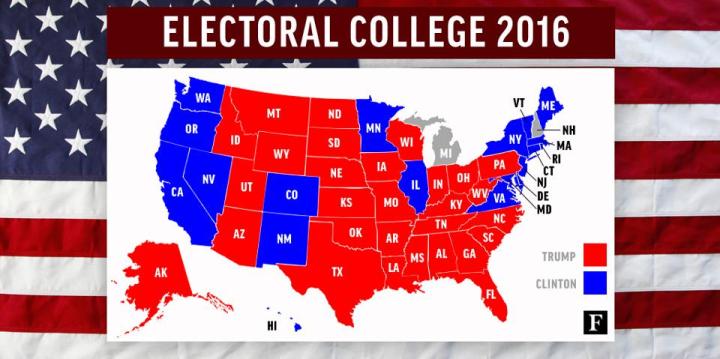
Along with that, state propositions, along with county bills, made headlines. Prop 62, which would have repealed the death penalty, was voted against. Its sister proposition, Prop 66, which would expedite death penalty cases, was voted for. According to MAP’s views, along with the view of the Diocese of San Jose, this result is one we all have felt some remorse with the results. However, for a measure closer to home, Measure A, which was the affordable housing act for Santa Clara county, passed. Its passing would increase housing for the rising homelessness rate in the county. As the cost of living becomes more challenging, Measure A helps those who struggle to find a home in our community.
In the next election, those of us who are still in high school will be voting. It’s important to keep in mind that it is not just the president of the United States that we are voting for. It’s also about the senators who represent us in Congress, our California State Senate and Assembly members who work on important issues that individual states face, propositions and measures that create major change in various areas, and our local officials who have a direct impact on our lives. Above all, it’s important that we are informed and aware about who and what we are voting for rather than simply reading headlines and scrolling through our social media feeds. Staying informed, and more importantly, clearly understanding the impact of who and what we vote for can help bring about the change that we, the people of America, deserve.
Reaction

Across the nation, Trump’s victory over Clinton resulted in many people, specifically high school and college students, taking matters into their own hands through protests and demonstrations. One of the worst things that can occur in these events is crime of any sort, including vandalism and theft. Protests that result in crime will not lead to a change in the system. It’s important to exercise the right to freedom of speech, but it’s more impactful if those arguments are explained to the people who have the power to make governmental changes. In the Mitty Advocacy Project, we work to institute change through advocacy. Advocacy entails setting up a meeting with local assembly members or senate leaders to discuss bills and to ask for their support of the bill. By meeting with these powerful members of government, MAP expands its vision of aiding the common good. What makes advocacy so impactful is that it enables people to ensure government leaders act for the good of the people and it holds them accountable for their actions. Furthermore, to make change, exercise your right to vote and encourage others to do so. With this year being one of the most controversial elections, it was interesting to see a low voter turnout. Only 55.4% of eligible voters casted votes, a lower percent than the previous election where 60% of eligible voters voted. These votes have affected outcome of the election; therefore, it is important that in the next election, people go out and vote.
We may or may not be able to change the result of this election despite the dissatisfaction seen among many people, but advocating for specific issues that you are truly passionate about can and will stimulate and create lasting change in our society. Now that this election cycle has come to a close, don’t get discouraged if you feel that your vote didn’t count or you feel that your voice wasn’t heard—it’s important to stay active and get involved in issues that you care about.

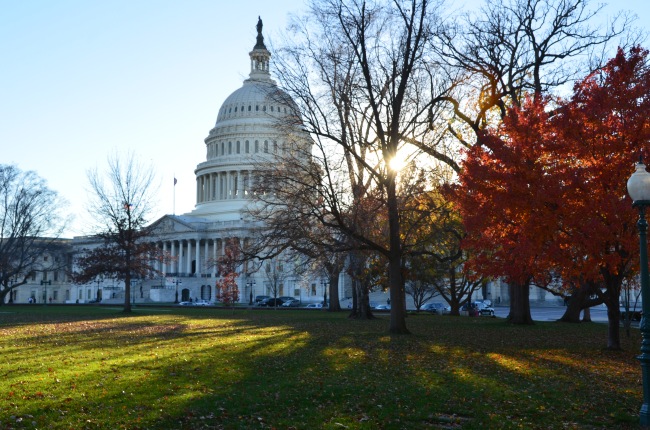



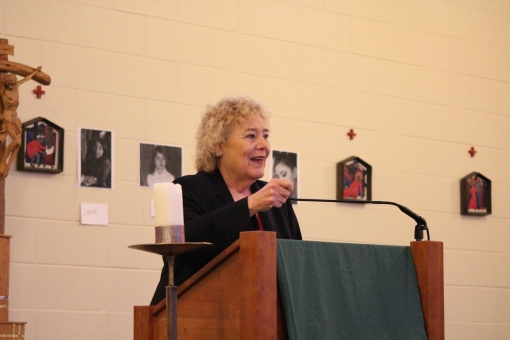
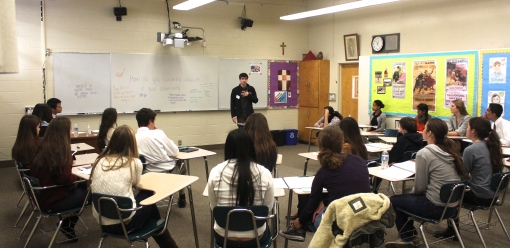
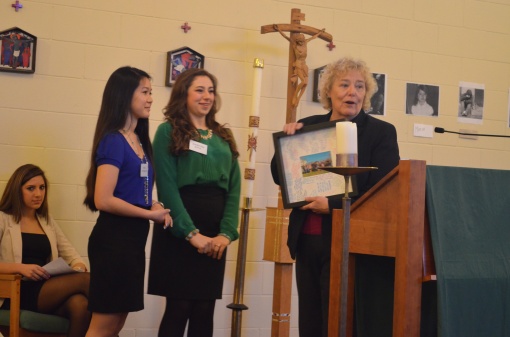

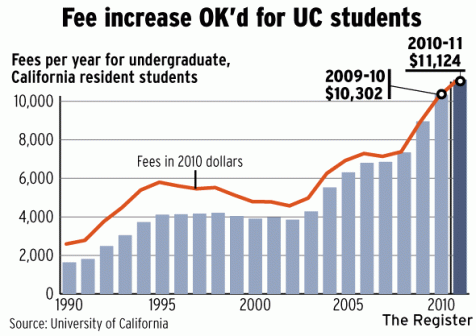

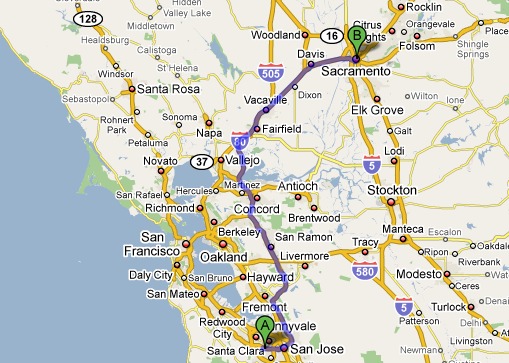 The Mitty Advocacy Project (MAP) is officially starting for the 2009-2010 school year! Thanks to Mr. Robinson, Mr. Steve Scott and the administration for supporting this new project.
The Mitty Advocacy Project (MAP) is officially starting for the 2009-2010 school year! Thanks to Mr. Robinson, Mr. Steve Scott and the administration for supporting this new project.